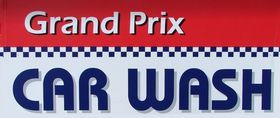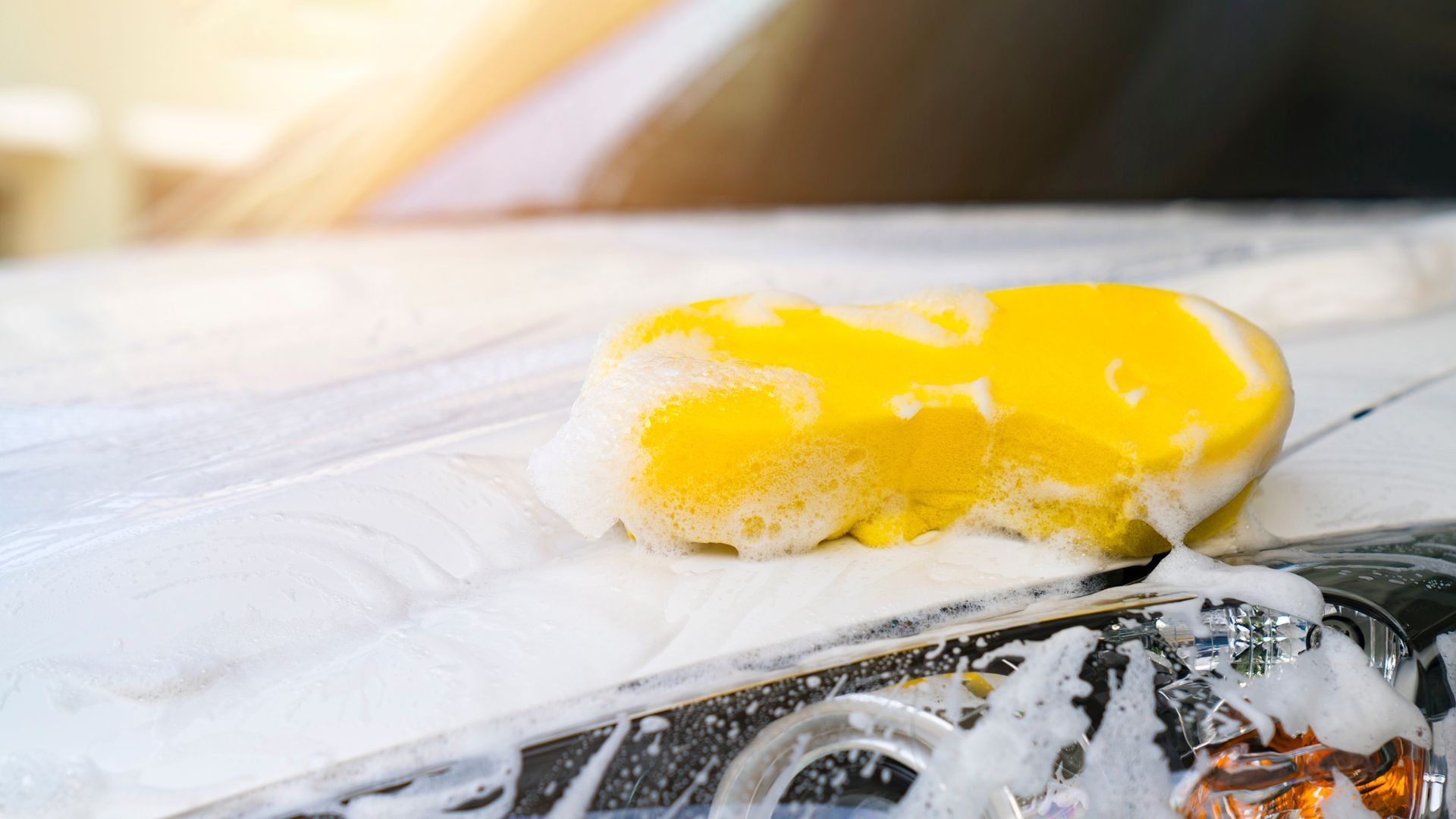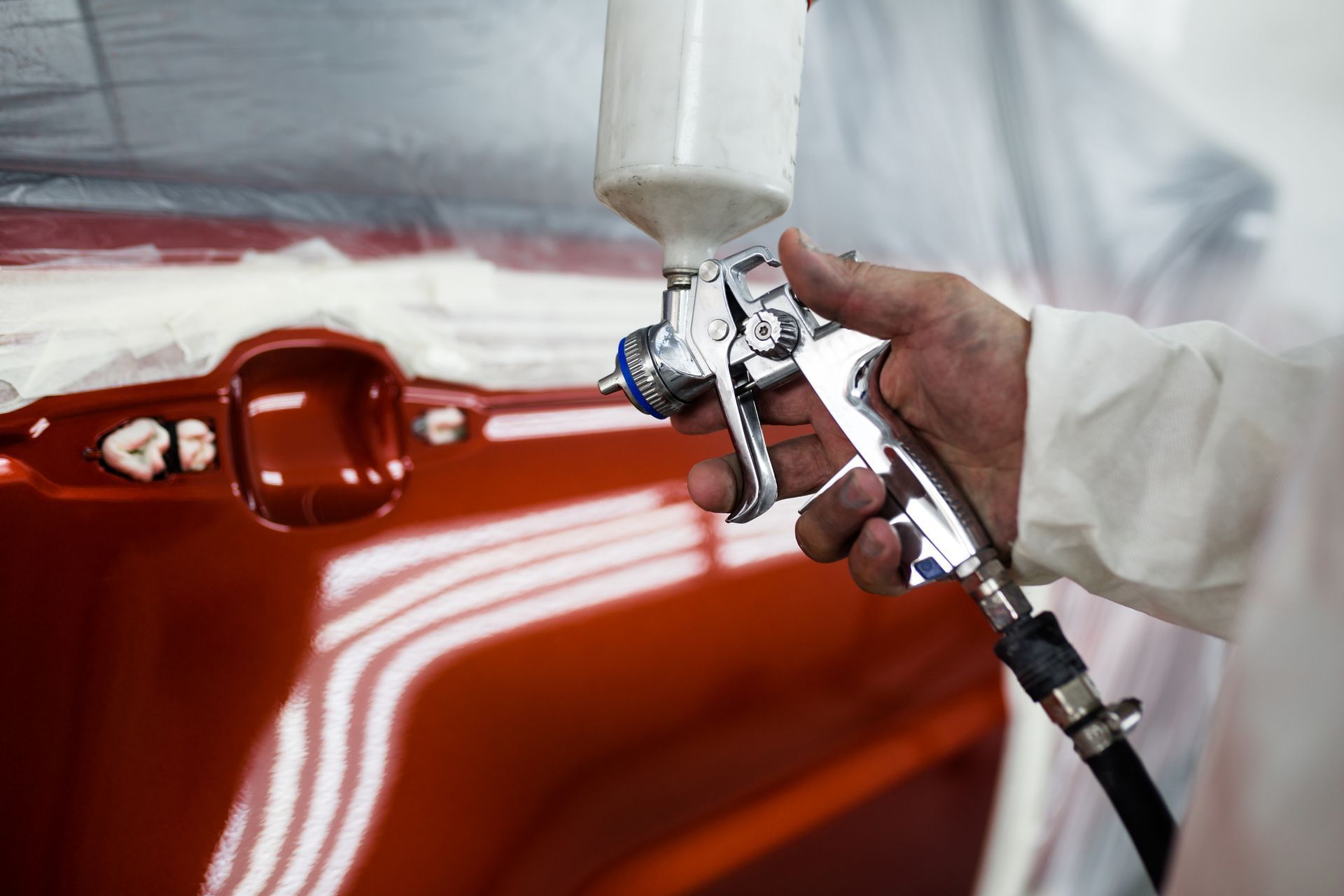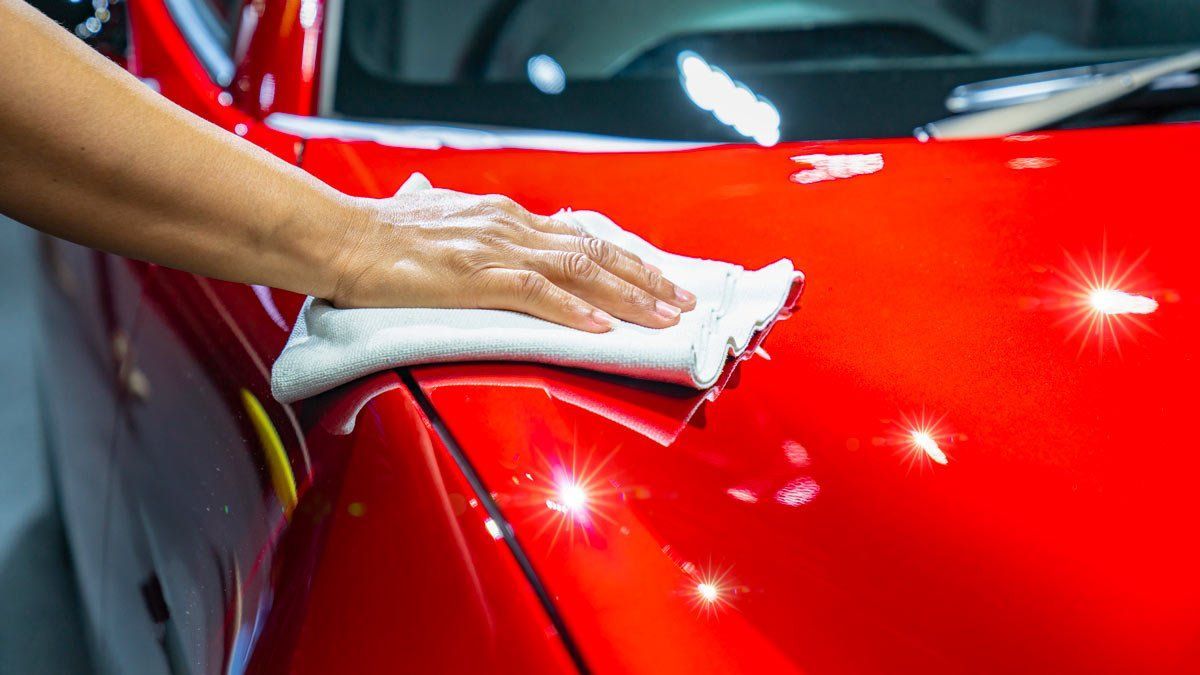Everything You Need to Know About Clay Bar Treatments
Cleaning your car on a regular basis is the best way to prevent unsightly damage to your vehicle's paint, but cleaning a car thoroughly is more complicated than simply spraying water and slapping on some wax. If you want to ensure that your car's exterior gets the best possible treatment, choosing a car washing service that uses clay bar treatments can have numerous benefits.
What Are Clay Bar Treatments?
If you run your hand over the surface of your car's paint after a thorough cleaning, you'll probably find that the surface is surprisingly rough and gritty. This rough texture isn't caused by the paint itself, but by airborne particles that have become chemically bonded with the paint's protective layer of clear coat.
Dust from brake pads, industrial byproducts, and tree sap are just some of the various contaminants that can stubbornly stick to your car's exterior paint. If they are not removed regularly, these particles can work their way down through the clear coat layer to damage the paint itself, causing your car's paint to look faded and uneven.
Clay bar treatments are designed to remove these unwanted contaminants before they can do serious damage to your car's paint. Don't worry; clay bars aren't made from actual clay. Instead, they are made from flexible synthetic resins and have a slightly abrasive texture similar to fine sandpaper.
To perform a clay bar treatment, a technician will first apply a layer of lubricant to the exterior paint, before running the clay bar over surfaces which have become embedded with these unwanted particles. The abrasive surface of the clay bar gently removes these particles, leaving a smooth finish.
Will Clay Bar Treatments Damage Your Car's Paint?
Running a block of abrasive plastic over your car's paint job might not sound like a good idea, but clay bar treatments will not damage your car's paint when they are performed correctly. The lubricant pretreatment will protect the clear coat itself from damage, and the malleable nature of clay bars means they can be used on corners and curved edges without causing scuffs.
However, using a clay bar on an unlubricated section of paint can cause serious damage, and it can be difficult to apply these lubricants evenly. You can perform clay bar treatments yourself, but professional clay bar treatments are far less risky.
How Often Should Clay Bar Treatments Be Performed ?
Clay bar treatments should generally be performed a couple of times a year , which will remove particles before they can cause too much damage to your paintwork. However, since clay bar treatments do not cause any damage when performed correctly, you may wish to have your car treated whenever its paint starts to feel rough to the touch.
Frequent clay bar treatments are a particularly good idea if you live or work in areas with heavy road traffic or high levels of airborne pollution. They are also a good idea if you are trying to sell your car, and are usually performed during standard auto detailing procedures.
Even if your car is brand new, it has already been exposed to airborne particles in the factory itself and was probably blasted with road dust and other unpleasant substances while it was being transported to the dealership. New cars can benefit from clay bar treatments just as much as older vehicles, and removing particles as quickly as possible will keep your car looking factory-fresh for longer.
Can Clay Bar Treatments Only Be Used On Paint?
Coarse clay bars are designed specifically for use on painted bodywork, but fine-grain clay bars can also be used safely on your car's windshield and windows. Auto glass is also vulnerable to damage caused by particulate matter. Clay bar treatments will remove damaging particles, and can also help your glass shed water more quickly during wet weather.
If you have any more questions about clay bar treatments, or you want to know more about other useful auto detailing procedures, contact the experts at Grand Prix Car Wash today.



